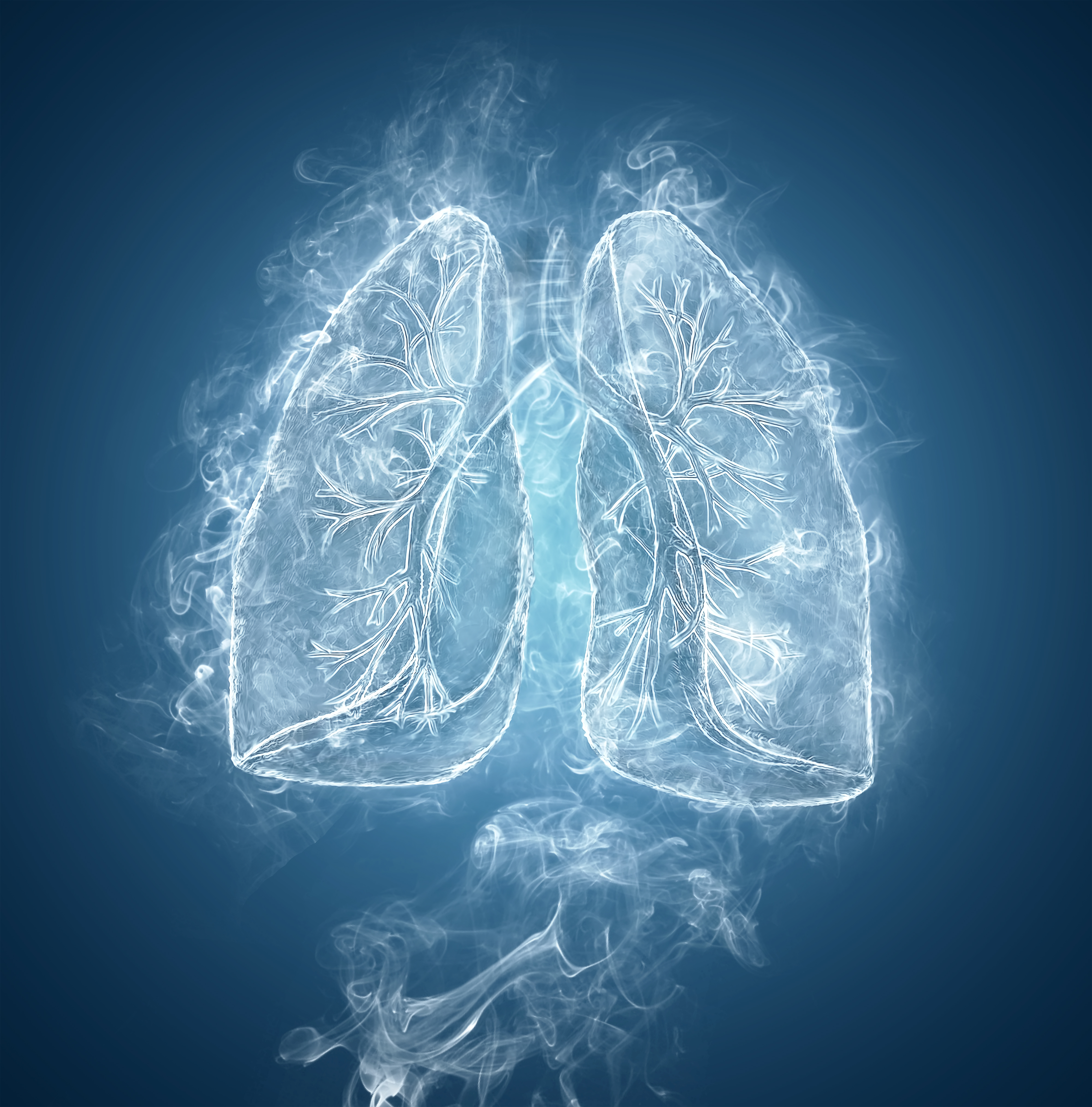Novartis recently announced the results of the EXPEDITION trial, a phase III study that is evaluating the efficacy of QVA149 (indacaterol/glycopyrronium) in patients with moderate-to-severe chronic obstructive pulmonary disease (COPD).
The results were presented during the 2015 Annual Conference of the American Thoracic Society (ATS).
FLIGHT 1 & 2 are the two efficacy studies of the EXPEDITION trial program and FLIGHT 3 is a safety study.
QVA149 at a dosing of 27.5/12.5 mcg demonstrated clinically improvements in lung function (FEV1 AUC0-12)* at week 12 in FLIGHT 1 and 2, in comparison with its individual components — indacaterol 27.5 mcg and glycopyrronium 12.5 mcg — and placebo, all dosed twice-daily.
QVA149 also showed improvements at week 12 for all secondary endpoints which included health status, as well as trough FEV1, peak FEV1, dyspnea (breathlessness) and reduced use of rescue medication versus the mono-components and placebo.
QVA149 at a dosing of 27.5/12.5 mcg had at 12 weeks similar safety outcomes in comparison with its mono-components indacaterol 27.5 mcg and glycopyrronium 12.5 mcg, as well as placebo, in both FLIGHT 1 and 2.
In terms of incidence rates of adverse events (AEs) and serious adverse events (SAEs), results from FLIGHT 3 showed that QVA149 27.5/12.5 mcg and QVA149 27.5/25 mcg, twice per day, were comparable to those of once-daily indacaterol 75 mcg over a treatment period of 52-weeks.
“Symptom relief is a key objective in the management of COPD,” said in a recent news release EXPEDITION investigator Donald Mahler, MD, Director of Respiratory Services, Valley Regional Hospital, Claremont, NH, and Emeritus Professor of Medicine, Geisel School of Medicine at Dartmouth, NH. “The results we’ve seen for QVA149 further validate the current GOLD strategy, which recommends that maximizing bronchodilation in patients can further improve lung function, symptoms and health status.”
FLIGHT 1 and 2 were both double-blind, parallel-group multi-center, placebo- and active-controlled studies in which patients were randomized to receive QVA149 27.5/12.5 mcg, indacaterol 27.5 mcg, glycopyrronium 12.5 mcg or placebo, twice per day the Breezhaler®†device for 12-weeks.
FLIGHT 3 was a double-blind, multi-center, active-controlled safety study in which patients were randomised to receive QVA149 27.5/12.5 mcg twice per day QVA149 27.5/25 mcg twice per day or indacaterol 75 mcg once per day delivered via the Breezhaler device for 52 weeks.
Results from FLIGHT 1 showed that the compound was able to improve at 12 weeks, the FEV1 AUC0-12h in comparison with indacaterol, glycopyrronium and placebo.
The compound also improved at 12 weeks the FEV1 in comparison with the monocomponents and with the placebo. Results of the safety profile of the compound showed that it was identical to its monocomponents and to the placebo.
Results from FLIGHT 2 revealed that the compound had superior bronchodilation in comparison with indacaterol, glycopyrronium and placebo: At 12 weeks of treatment the compound was able to improve FEV1 AUC0-12h I in comparison with indacaterol, glycopyrronium and placebo. In terms of the safety profile the results showed that the compound was identical to its monocomponents and to the placebo.
Results from FLIGHT 2, also showed that the compound was able to improve SGRQ score and the TDI score in comparison with indacaterol, glycopyrronium and the placebo.
In a safety analysis of 2,040 patients of the FLIGHT 1 and 2, the occurrence of adverse events for QVA149 27.5/12.5 mcg, indacaterol 27.5 mcg, glycopyrronium 12.5 mcg and placebo, all dosed twice daily, was of 43.50%, 38.16%, 41.72% and 43.11%, respectively. The most incident adverse reactions were hypertension and nasopharyngitis.
In the safety analysis of 615 patients of the FLIGHT 3 the incidence of AEs for twice-daily QVA149 27.5/12.5 mcg and QVA149 27.5/25 mcg and once-daily indacaterol 75 mcg was 68.1%, 69.6% and 67.5%, respectively, during the 52-week study period.
COPD worsening (exacerbation) in the twice-daily QVA149 27.5/12.5 mcg and QVA149 27.5/25 mcg and once-daily indacaterol 75 mcg arms was seen in 8, 5 and 10 patients, respectively.
Physicians are constantly striving for new therapies and compounds that can improve outcomes for their patients. Novartis’ new findings for the QVA149 (indacaterol/glycopyrronium) could offer doctors a new therapeutic option for those with COPD.

